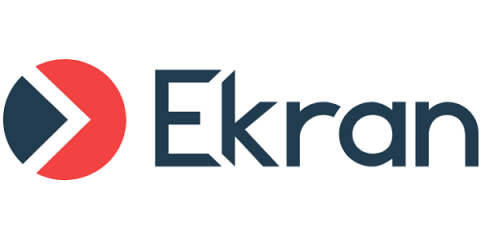Partnerships - The Key to Navigating the Industrial Security Landscape
The events of 2020 helped to accelerate the convergence between information technology (IT) and operational technology (OT) for many organizations. As reported by Help Net Security, for instance, two-thirds of IT and OT security professionals said in a 2020 survey that their IT and OT networks had become more interconnected in the wake of the pandemic.










